Search
Remove Ads
Advertisement
Summary 
Loading AI-generated summary based on World History Encyclopedia articles ...
Search Results
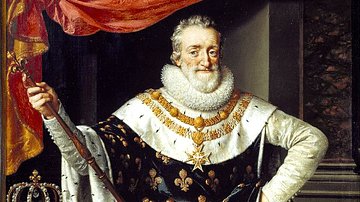
Article
Henry IV of France & the Edict of Nantes
Henry of Navarre became the nominal ruler of France after the assassination of Henry III of France (r. 1574-1589), whose marriage to Louise de Lorraine produced no heir. After years of attempts to deny the throne to Navarre, his enemies realized...
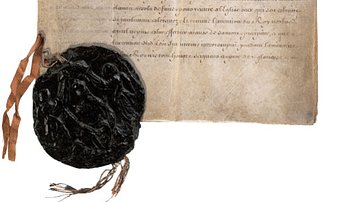
Article
Louis XIV and the Revocation of the Edict of Nantes
Beginning in the 16th century, Protestants in France struggled in their rapport with royal power. Protestants owed the recognition of their rights more to sovereign decrees than to genuine tolerance or religious pluralism. The realization...
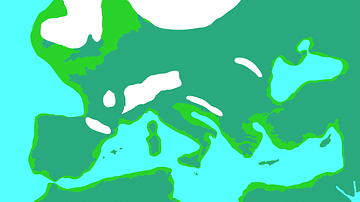
Image
Europe During the Last Glacial Maximum
Europe during the most recent glacial, in which the ice sheets reached peak growth between c. 26.500 to c. 19,000 years ago. This is known as the Last Glacial Maximum. Sea levels were lower than today.
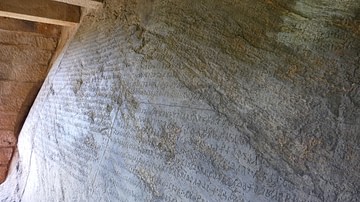
Definition
The Edicts of Ashoka the Great
The Edicts of Ashoka are 33 inscriptions engraved on pillars, large stones, and cave walls by Ashoka the Great (r. 268-232 BCE), the third king of the Mauryan Empire (322-185 BCE) of India. One set, the so-called Major Rock Edicts, are consistent...
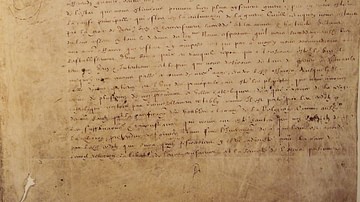
Image
Edict of Nantes
The Edict of Nantes, guaranteeing religious freedom in France, issued by Henry IV of France in 1598.
National Archives of France.

Image
Edict of Fontainebleau
The 1685 Edict of Fontainebleau, aka Revocation of the Edict of Nantes (1598), a document created during the reign of Louis XIV of France which permitted the persecution of French Protestants. (French National archive, Paris)

Definition
Flour War
The Flour War refers to the series of approximately 300 riots that swept through France from April to May 1775, because of rising bread prices. The revolts only subsided after soldiers had been deployed, resulting in hundreds of arrests...
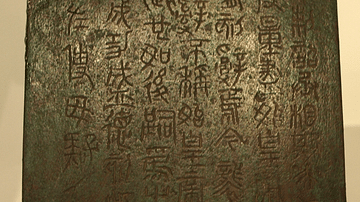
Image
Qin Dynasty Edict on a Bronze Plaque
A bronze plaque upon which is engraved an edict from the second emepror of the Qin Dynasty (221-206 BCE) in China. (Royal Ontario Museum, Toronto)
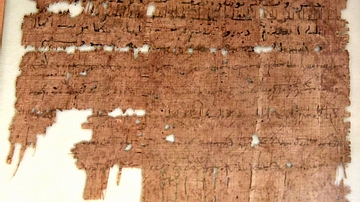
Image
Edict from Medieval Egypt
This piece of papyrus is written using both Arabic and Greek languages about an edict of the governor of Egypt. The date is November 22, 713 CE. From Egypt, precise provenance is unknown. (The Neues Museum, Berlin, Germany).

Image
Rock Edict of Ashoka
Ashokan Rock Edicts (Dhauli, Bhubaneshwar)